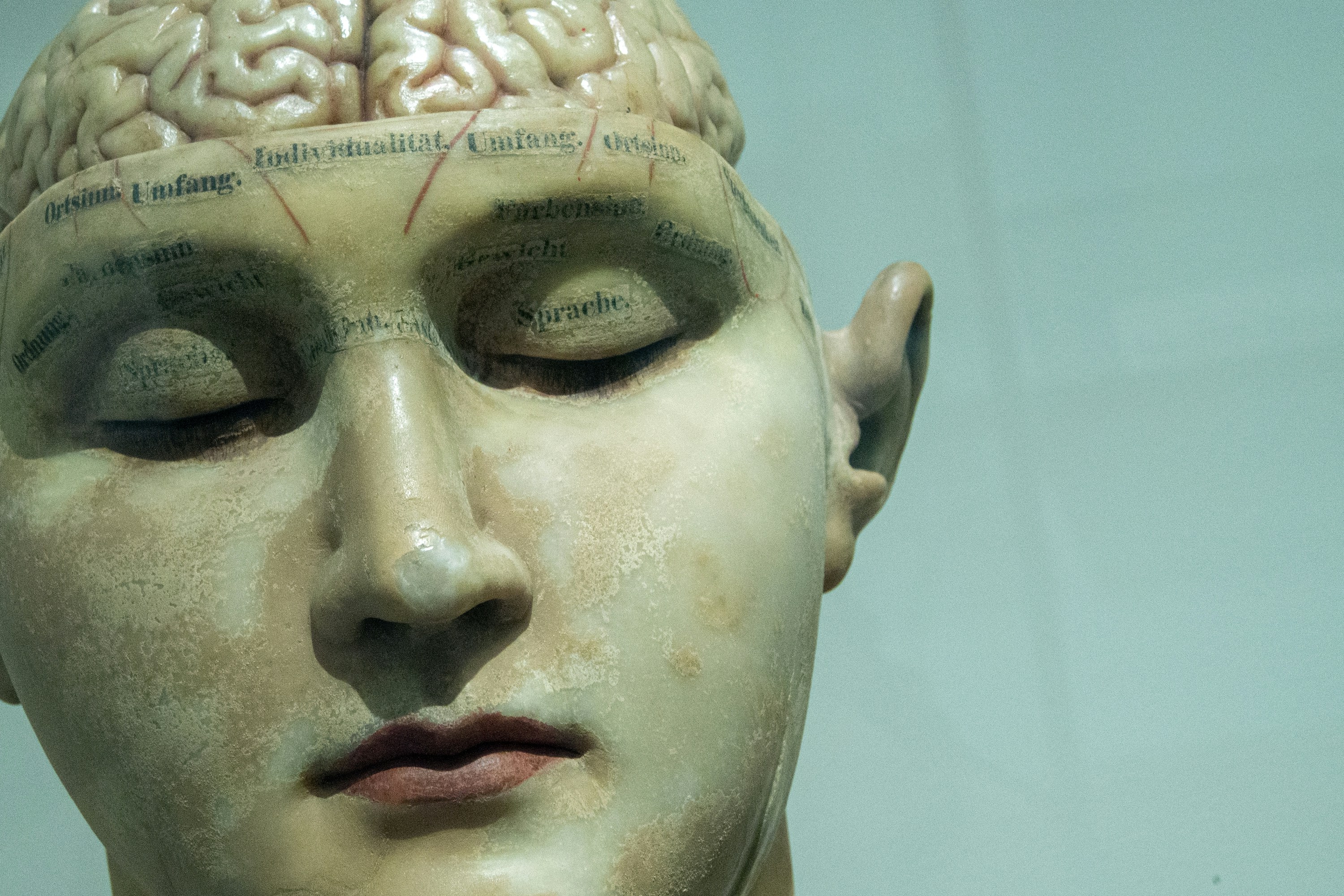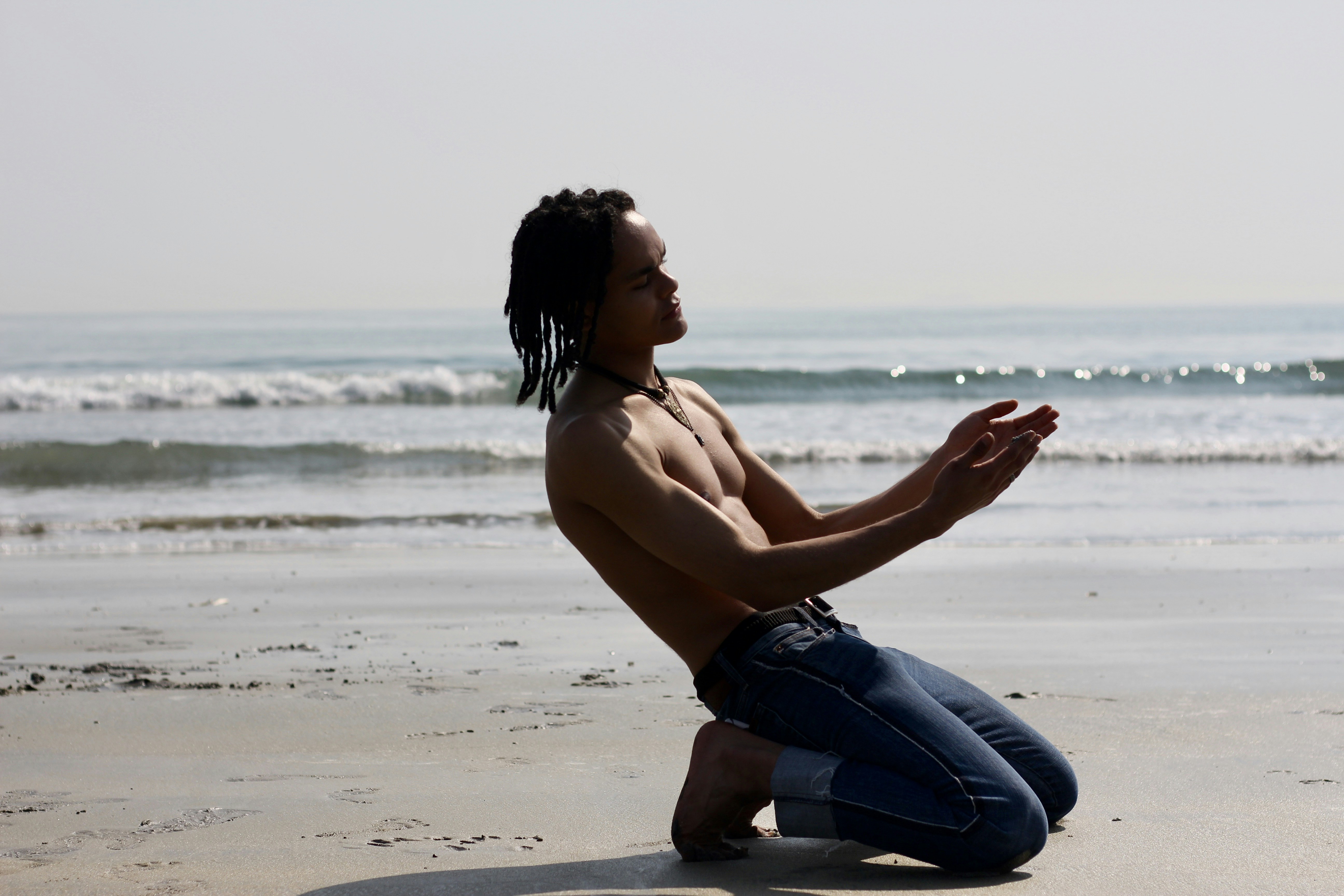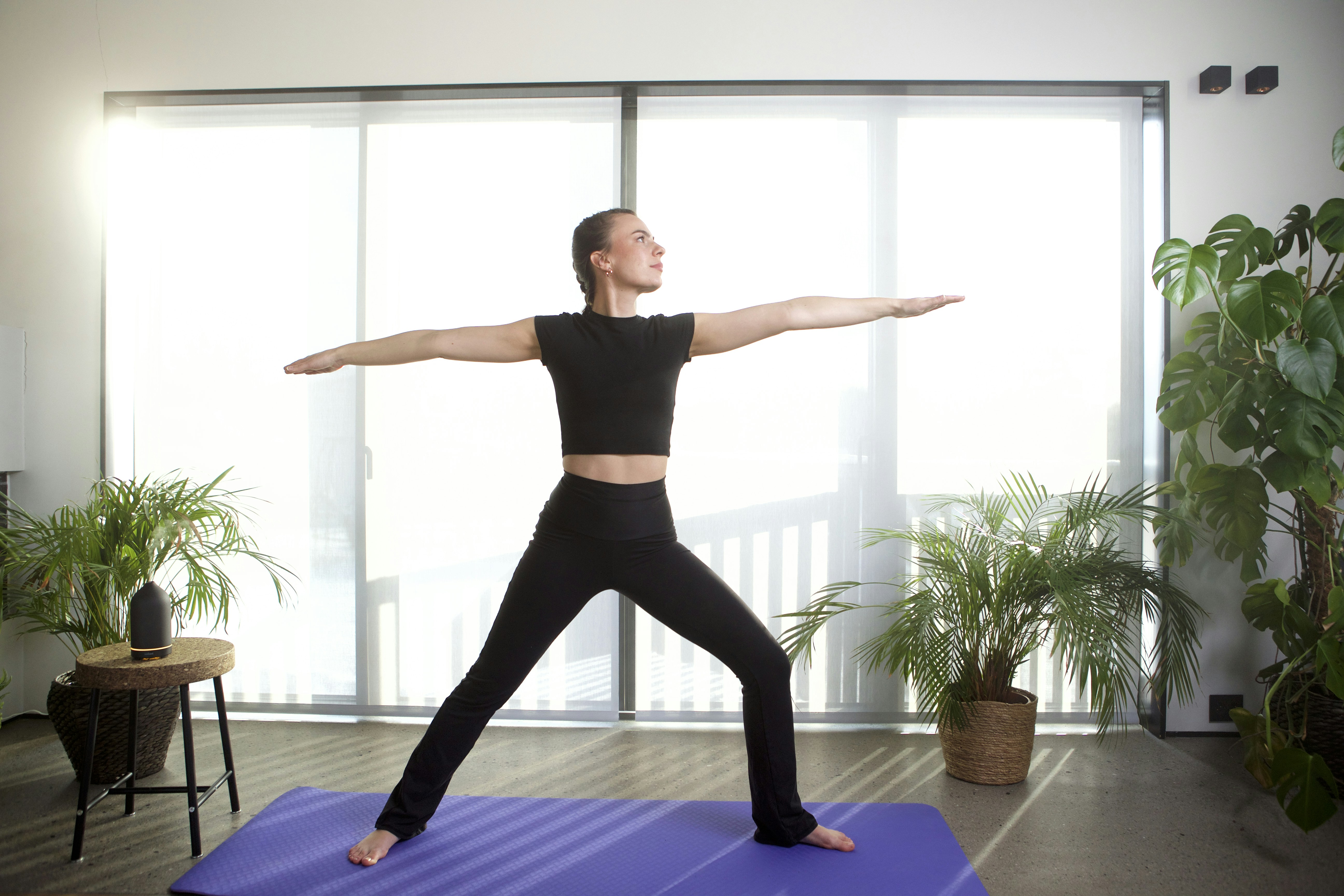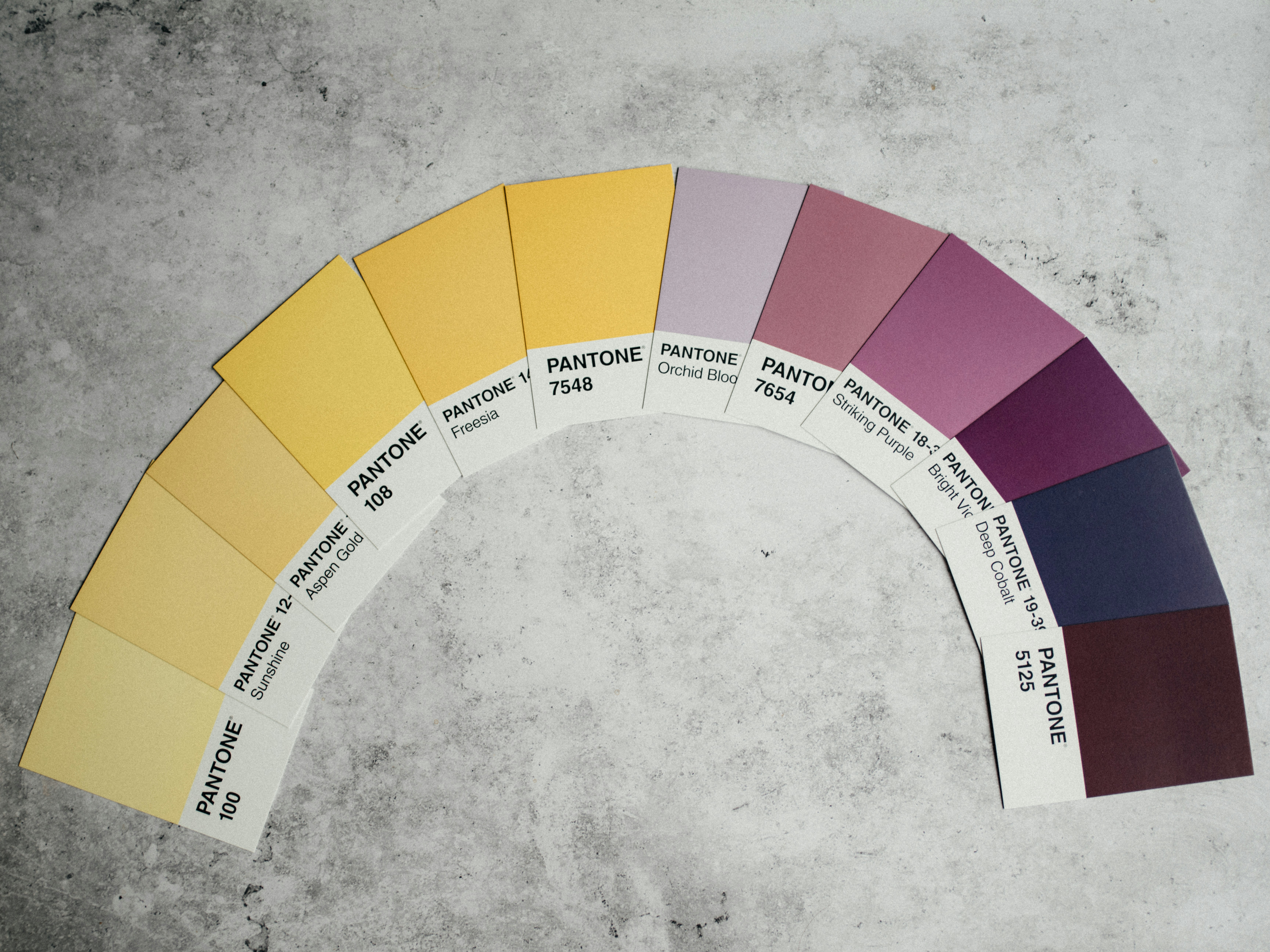Embodied Wellness: How Posture and Movement Shape Emotional Health
In our fast-paced world, the connection between our physical well-being and emotional health seems more vital than ever. Imagine this: your posture, the way you move, and even the little gestures you make can significantly influence how you feel each day. Delving deep into embodied wellness reveals how these aspects of our physicality can better your mental health and emotional outlook.
The Fundamental Link Between Body and Mind
Understanding the intricate bond between posture, movement, and emotional health isn’t merely a modern trend; it echoes throughout history. From ancient Eastern philosophies advocating mindful movement to contemporary studies highlighting the psychology of posture, the premise is clear: we embody our emotions physically. This section will juxtapose historic perspectives with present scientific understandings.
To illustrate this, consider the famed Alexander Technique, a method founded in the early 20th century that guides individuals to improve their posture and movement patterns, emphasizing awareness and alignment. Research has shown that practicing this technique can reduce stress, anxiety, and even chronic pain, underscoring the psychosomatic connection.
Embracing Mindful Posture
While most people associate good posture with physical health, it significantly translates to mental well-being. Research indicates that good posture can enhance mood and energy levels and even boost testosterone while lowering cortisol, sometimes referred to as the “stress hormone.” Picture how your body feels when you stand tall versus when you slouch or hunch over. The physical cue of posture contributes to our internal emotional state.
A well-aligned body leads to a well-aligned mind. When we incorporate practices such as yoga and Pilates into our lives, we learn to become aware of our bodies in space and engage in movements that enhance our mental clarity. As described in an article on the Harvard Business Review, leveraging body awareness can unlock productivity and creativity, creating a virtuous cycle of emotional and physical health.
Movement: A Portal to Emotional Healing
Movement and emotional health are deeply intertwined; when we move, we not only shift our physical environment but also our emotional landscape. Engaging in regular physical activity, from dance to walking in nature, releases endorphins—nature’s mood elevators. The principle behind this is simple: our physiological state affects our emotional state.
Research by the National Institutes of Health shows that aerobic activities, in particular, can alleviate symptoms of anxiety and depression. Adding varied movement into your routine can nurture emotional resilience, allowing a flow of thoughts and feelings to arise without judgment. One such approach is exploring various dance forms that resonate with you—dancing through feelings can truly transform your emotional experiences.
The Neuroscience Behind Movement and Emotion
Advancements in neuroscience offer fascinating insights into how movement and emotional well-being are related. As our body interacts with the environment, neural pathways evolve, forming unique connections that profoundly influence mood and emotional health. For instance, micro-movements and intentional gestures increase neuroplasticity, enabling the brain to rewire and adapt better.
Take a moment to consider how activities such as tai chi or even stretching can ground you in the present moment. These forms slow down movement, inviting mindfulness while nurturing emotional balance. Engaging in practices that combine both posture and mindful movement can not only lead to physical benefits but also foster emotional healing.
Breathing: The Unseen Influence
One crucial element that often goes unnoticed in discussions about movement and emotional health is the power of breath. Breath governs not just our physical state, but also our emotional responses. When we engage in deep, intentional breathing, we invite relaxation and clarity into our minds, further enhancing our emotional landscape.
Integrating breathwork with posture enhances our emotional clarity. For example, a simple practice involves inhaling deeply with arms raised overhead before exhaling as you lower them while imagining releasing any stress or negativity. Such practices can energize, calm, and regulate emotional responses.
Practical Tips for Inviting Movement & Posture Into Your Life
If you’re ready to harness the power of posture and movement for better emotional health, here are practical tips to implement:
-
Daily Awareness: Start noticing your body’s position throughout the day. Are you slouching at your desk? Stand tall and notice how it changes your emotional state.
-
Integrate Movement: Dedicate a few minutes daily for deliberate movement. Dance, stretch, or even walk mindfully outdoors. Engagement with nature is specifically beneficial for mental health; consider the science of forest bathing to elevate well-being with each step.
-
Breathe with Intention: Incorporate deep breathing exercises into your routine. The powerful connection between breath and emotional regulation can offer clarity during stressful moments.
-
Mindful Practices: Explore practices like yoga that marry movement with mindfulness. The combination can powerfully shift your mood and provoke emotional resilience.
-
Dancing with Emotions: Consider expressing your feelings through dance. Turning up your favorite tunes and letting your body express what words cannot be liberating.
For detailed insights on how combining different activities can positively affect your emotional state, check out The Art of Daydreaming for creative ways to enhance mental clarity and resilience.
Personal Anecdotes: A Journey of Transformation
Throughout my own journey exploring embodied wellness, I remember a particularly tough time when stress clouded my ability to think clearly. I found solace in attending dance classes—not only did the movement allow me to express my feelings without words, but it also transformed my emotional state. Each class left me breathless and buoyant, highlighting the importance of physical expression in addressing emotional struggles.
Similarly, many people have shared stories about how simple adjustments in their posture or incorporating daily movement changed their emotional health trajectory. During a talk with friends who tried yoga, they constantly echoed how aligning their physical selves led to more profound emotional stability. The social connection, too, is crucial—it’s through shared experiences, smiling with friends in motion, that we forge a stronger emotional bond and resilience.
Mental Health and Community Connection
Building community connections amplifies the benefits of emotional health through collective experiences. Engaging in group activities—whether it's a dance class, a yoga session, or outdoor adventures—fosters a sense of belonging and collective support. Research indicates that social engagement positively influences mental health outcomes, weaving a fabric of trust and shared joy.
The Role of Environment
Your environment substantially impacts emotional health, too. Designing spaces that promote movement—like cozy corners for stretching or standing desks—can profoundly alter emotional states. Integrating plants and biophilic design also aids in grounding emotional well-being while adding vibrancy and life to your everyday spaces. Crafting your natural space for wellness can bolster emotional resilience and create serenity amidst chaos.
Final Thoughts on Embodied Wellness
The interplay between posture, movement, and emotional health offers vast avenues for transformation. By prioritizing our physical self, we can undoubtedly enhance our emotional experiences and foster resilience. As we navigate the world, let’s remember to strike a balance between our physical and emotional health. By actively engaging with our bodies, grounding ourselves in movement, and embracing the simple power of breath—each small step leads to significant strides in our emotional well-being.
To further explore the healing potential of emotion-based practices, consider checking out related topics like forest bathing or how aromatic geography can enhance your emotional landscape.












